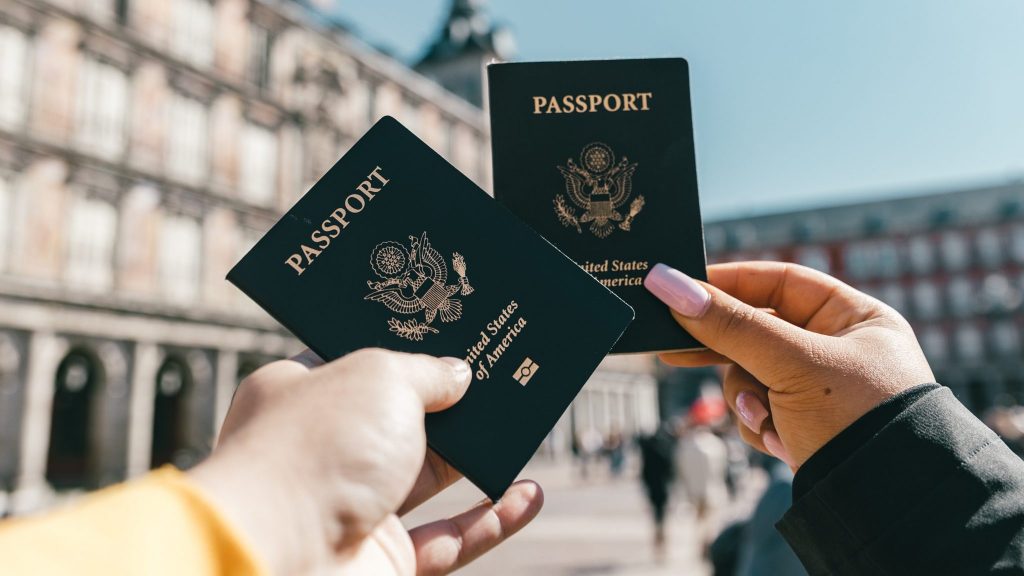Introducing Mindfulness to the classroom can help students learn healthy ways to cope with academic stress and the pressures of life. Two minutes a day is all it takes to bring a host of benefits not only to the learning environment but also to your students’ long-term development.
What is Mindfulness?
Mindfulness is the ability to be fully present and aware of what we are, and find peace with what is going on around us. During times when you are feeling overwhelmed or stressed, Mindfulness can help you take a step away from your surroundings and realign yourself. That way, you can tackle new challenges feeling refreshed and renewed.
You can practice Mindfulness through many activities such as:
- Deep breathing
- Meditation
- Guided imagery
- Drawing
- Movement
- Expressing gratitude
There is no right or wrong answer when it comes to Mindfulness. Don’t be afraid to experiment with new activities and find out what works best for your class. This could be anything from yoga sessions to creating gratitude journals, or simple guided meditation.
The Benefits
Teaching Mindfulness can provide your students with the necessary tools to cope with stress and negative emotions well into their adult life. It can also lead to immediate benefits in the school environment:
- Greater attention and focus
- Better memory
- Reduced daydreaming
- A positive impact in reducing test-related anxiety
- Better communication
- A positive learning environment
What’s great about this is that Mindfulness in the classroom is cheap and does not require any special material. The options for Mindfulness exercises are endless, which means teachers can provide a variety and prevent students from getting bored.
Additionally, the flexibility Mindfulness sessions offers means that students can engage with different practices at the same time. This means that students can develop independence and self-awareness as they choose which activities work best for them.
How to get started
Calm is providing free resources for schools to help implement Mindfulness in the classroom.
To start, we recommend looking at their Self-Care Guide for Teachers. A teacher’s emotional well-being is at the heart of every positive classroom. It’s important to look after yourself first so that you can understand the Mindfulness techniques that you are introducing to the class. Not to mention, you will improve your mental wellbeing and overall happiness.
Click here for more information about Calm Schools and their mission to create a Mindful classroom.
Overall, by taking a few minutes a day, or even a session a week, Mindfulness can help breathe new life into your classroom. Why don’t you give it a go and create a positive, balanced learning environment with your students?






